 Hedvig
Hedvig Rebekah Wing
Rebekah Wing Crystii Lin
Crystii Lin Joana Gröblinghoff
Joana Gröblinghoff Marie M
Marie M
Models present creations from Jasper Conran 2011 S/S collection on 18 September during London Fashion Week.
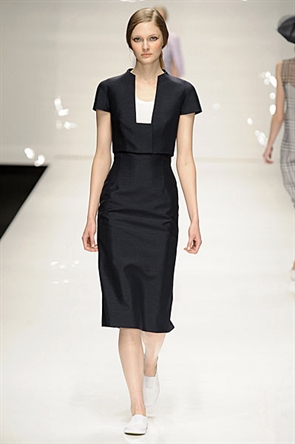
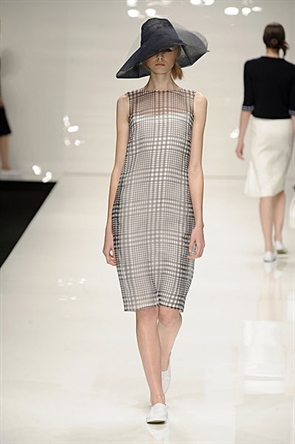
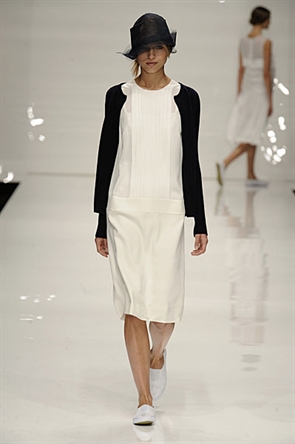
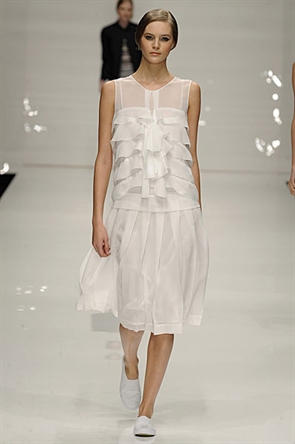
Models present creations from House of Holland 2011 S/S collection on 17 September during London Fashion Week.
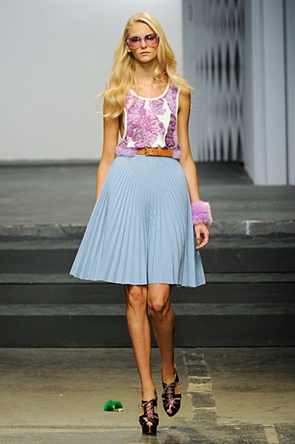
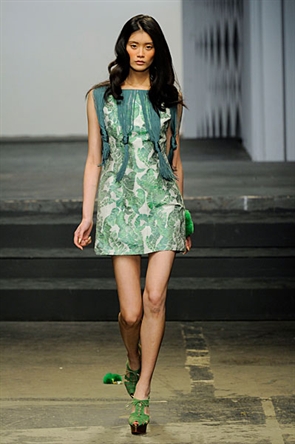
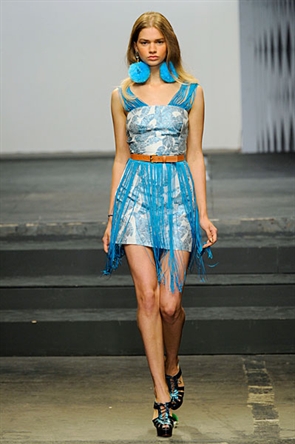
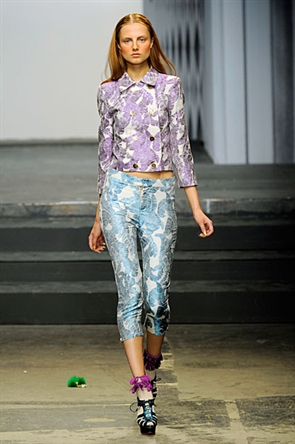
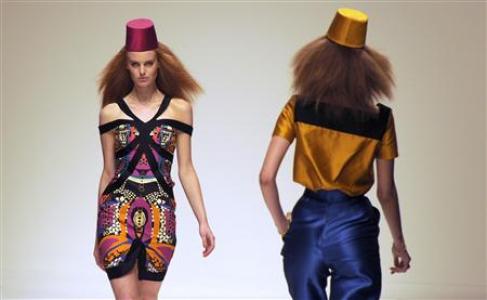
London kicked off its leg of the catwalk calendar on Friday as journalists and buyers descended on the British capital to see what city known as the loveable rogue of fashion has in store for next spring.
London is best-known as a showcase for cutting edge talent and avant garde trends, mixing up-and-coming names like Erdem with established designers like Vivienne Westwood.
One of the big four catwalk fixtures alongside Paris, New York and Milan, London Fashion Week, will run until September 22 with both British and international designers seeking to entice recession-weary shoppers with their spring/summer 2011 womenswear. One day will also be dedicated to menswear.
The economic downturn has changed the way people shop for fashion, with an eye for a special one off piece. In New York, whose shows kick off the fashion season, buyers said they were on the lookout for eye-catching collections to wow customers.
The direct value of the fashion industry to the British economy is nearly 21 billion pounds ($33 billion), a report on Thursday showed.
As Friday's shows began with brands like Paul Costelloe, PPQ and sass & bide, the wife of British Prime Minister David Cameron pledged her support to the industry, that has produced some of fashion's biggest names but has struggled to maintain a global profile on a par with the other fashion capitals.
"We have so much young talent that needs to be supported and nurtured to ensure we are building brands and businesses for the future," Samantha Cameron said.
Highlights in London will include the Burberry show, which is expected to further the fashion industry's latest trend in embracing the power of the Internet.
Over the last few seasons, fashion houses have been making room for bloggers in their front-row seats and streaming their shows live on their websites.
Burberry will go one step further with a new concept which will allow customers to buy live from the show.
Its Retail Theater will broadcast the label's show directly into 25 flagship stores. Following the private viewing, customers will be able to browse the collection on iPads where they can buy pieces directly. Such a move will shorten the usual six-month cycle of buying and production, with customers getting their orders in seven weeks.
The international fashion community will also pay tribute to late British designer Alexander McQueen at a memorial service at St Paul's Cathedral on Monday.
McQueen, known for his controversial collections and unconventional catwalk shows committed suicide in February.
London Fashion Week will have more than 60 catwalk shows, picking up the pace this weekend with Matthew Williamson, Julien Macdonald, John Rocha followed by Erdem -- favored by U.S. first lady Michelle Obama -- and a string of others until next Wednesday -- after which the crowd moves on to Milan.
Models wear creations by designer Antonio Alvarado at Cibeles Madrid Fashion Week Spring/Summer 2011 show in Madrid September 18, 2010.
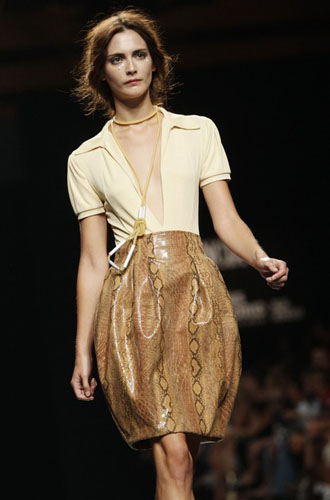
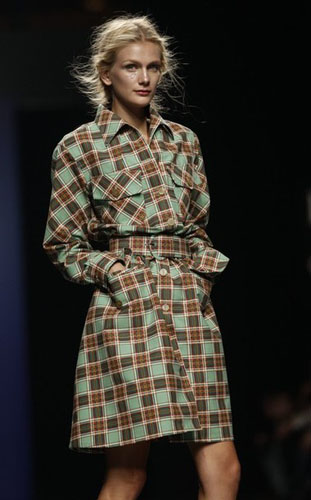
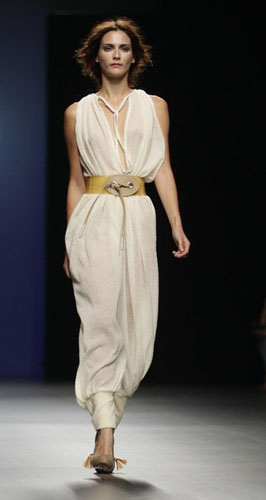
Models wear creations by designer Carlos Diez at Cibeles Madrid Fashion Week Spring/Summer 2011 show in Madrid September 18, 2010.
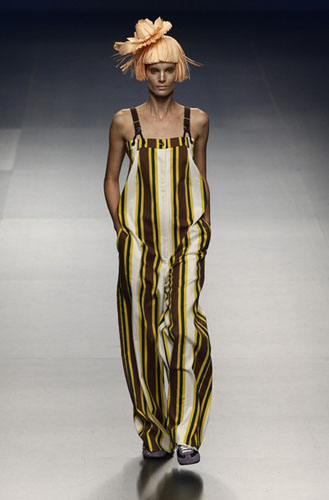
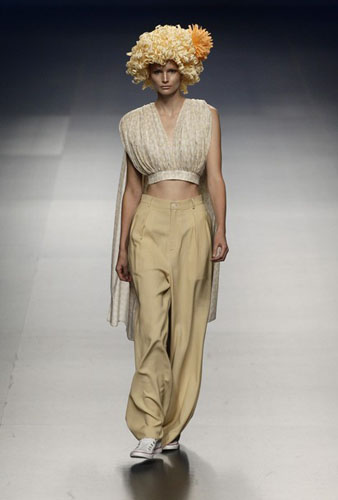
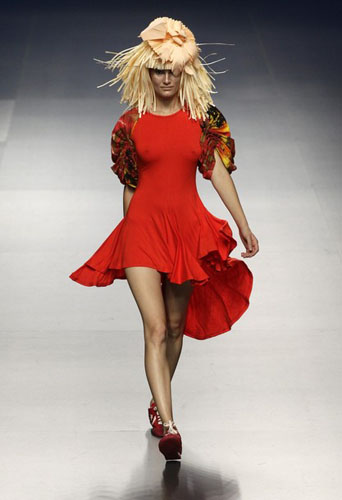
Models wear creations by designer Dolores Cortes at Cibeles Madrid Fashion Week Spring/Summer 2011 show in Madrid September 18, 2010.
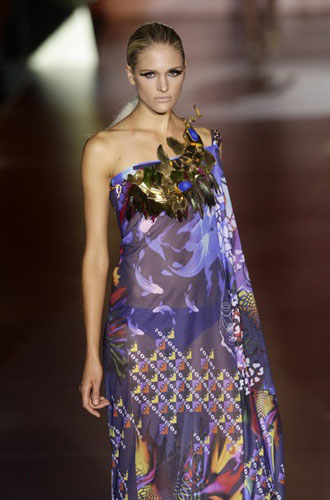
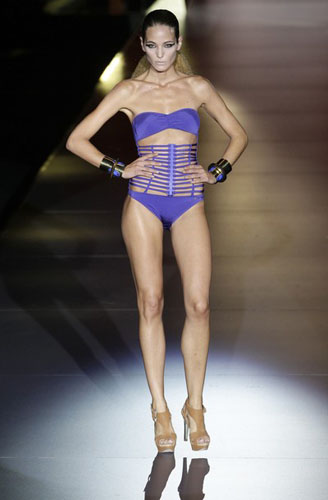
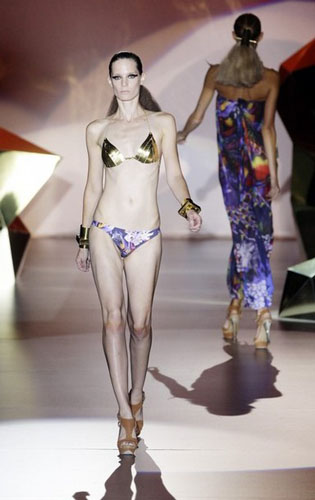
Automobiles teaming with the textile segment are positively predicted to be 'in the black'.
On an average, 165 tonnes of fabrics are used in car manufacturing process every year. The demand for comfort, concern for safety while driving, and an increasing focus towards reducing fuel consumption and CO2 emissions have all augmented the usage of special textiles in automobiles, especially cars. In a mid sized car, 20 kg of textiles were used generally. With the increasing demand for sophistication, and a stringent want for using protective textiles, the use of textile materials for the same has currently become 26 kg, and is even predicted to increase by 35 kg by the end of 2020. Two thirds of the automotive textiles are used in trims, seat covers, roof, door liners, and carpets. Other fabric applications include tyres, hoses, safety belts, and air bags.
Global market for light vehicle production experienced a drastic fall, the highest hit in the last 30 years during 2008 and even deeper in 2009. Production of cars was 67.4 million in 2008, and fell to 58.6 million in 2009. Developed countries like North America, Japan, and Europe were mainly responsible for the fall. On the contrary, emerging economies like China and India saw a profitable market with production increasing by 50% and 17% respectively. Fluctuations in vehicle manufacturing affected the automotive textile market consequently.
Trends in the Automobile Fabric Segment:
Demand for Coated Fabrics:
Airbags, trims, and truck covers accounts for 28%, proving to be the largest share of the coated fabric demand. US demand for coated fabrics is anticipated to grow 2.1% on a year on year basis, and reach 655 million sq. yards by 2012. Sales for the same will rise 3.4% annually reaching $3 billion by 2012. Increased sales in this sector will stem from the automobile textile sector. Gains in the sale of automobiles will motivate the automotive textile market as well. While non-rubber coated fabrics will also have a good market, rubber coated fabric materials will be in high growth trajectory. Rubber coated fabrics used in automobiles are expected to post enormous gains by 2012.
Potential for Knitted & Woven Fabrics:
Knitted and woven fabrics will have a dominating share in the global automobile fabric arena, closely followed by composites, and non-woven. Circular knitted fabrics are used in the interiors of cars for seat covers, door panels, headliners, headrests, boot covers, sunroofs, and parcel shelves. Having the virtues of high flexibility, comfort while traveling, stretchability, and high-grade visual quality; these fabrics will have good potential. Woven fabrics will see a profitable market in the making of door panels, seat covers, side door paneling, and headrests.
Innovative Auto Fabrics:
New product innovations in auto fabrics sector will further augment its growth. The latest is the creative combination of seatbelts, and airbags. The belt cum air bag is made with round and smooth edges to give added comfort to its wearer. This process uses high volume production of cold gas inflator, making the seatbelt cum air bag to swell almost five times larger than the width of the normal seat belt. The swelling process is initiated through a deployment signal from a sensor system. This technique will minimize the extent of damage, as it distributes the force across the wearers body. The interior fabrics of the car are made with a special kind of micro fibre which is ultra light, flame proof, and is also resistant to abrasion. This is believed to be 100% eco friendly as well.
Lightweight Vehicles:
Lighter cars prove to be more economical, consumer less fuel, and also involve less manufacturing costs. As the concept benefits the manufacturer, consumers, and the environment application of natural fibre composites will have a rapid growth in the automobile fabric industry.
Automobile industry is expanding in a big way. Subsequently, the share of automotive fabrics is also rising. Manufacturers are currently standardizing their operations to customize the vehicles to satisfy legal requirements, as well as the preferences of their end users. Supplemented with modern technological advancements and a touch of eco concern, the industry will get ad added push in the forthcoming years, doubling its results, marking an exemplar change.
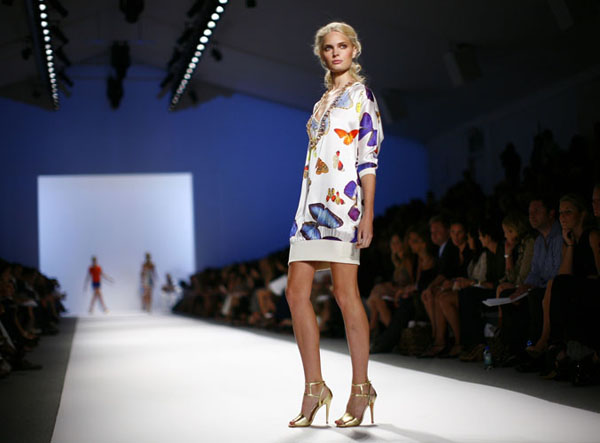
Models present creations from the Carlos Miele Spring 2011 collection during New York Fashion Week September 13, 2010.
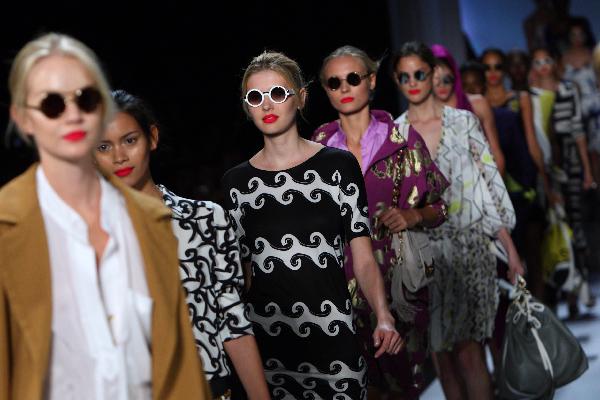
Models display creations from the Diane von Furstenberg Spring 2011 collection during the New York Fashion Week in New York, Sept. 13, 2010.
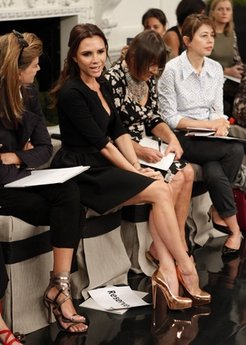
Victoria Beckham in a white matte gazar gown with sculptural pleated shoulders and a waistband adorned with linked microbeads.
The dress was part of the spring collection Beckham offered Sunday morning as part of New York Fashion Week at an elegant mansion off Fifth Avenue to a small, select group of editors, retailers and stylists.
"I pushed myself with this dress," she said, vowing to wear it to the next big fashion event.
The Cadillac-pink shift dress with an asymmetrical, curved neckline is also headed to her personal wardrobe as a daytime traveling dress, and the masculine leather weekender that's part of her new handbag collection can be for husband, David Beckham.
"I had to do something David would use," she said with a smile. Of course, there's a Victoria bag, too — a polished, squarish shape.
The gloss jacquard fabric she used for some shorter dresses was stiff and industrial, but the shades of opal, purple and gray kept those pieces from crossing the line to techno. And a white flare dress had a subtle gray print and delicate sheer stripes on the skirt, offering her own spin on what seems to be a must-have trend.
She said she took "a meter and a half" of bright purple parachute silk and draped it around herself, experimenting until she got the knot-waist dress that opened her runway just right.
Beckham takes the unusual step of personally narrating her show, and with each explanation of a boned bodice or bias cut, her credibility shoots up. She is now treated by the industry as a celebrated designer, not a celebrity.
The themes of her spring dresses — and the collection was only dresses — was a celebration of curves, she said, taking out some of the corsetry that she previously built silhouettes on, replacing that with oval panels on the bodice that she said would give the same flattering shape with more comfort.
Of course, Beckham herself is known as a petite creature with a dramatic look, but she also appeared softer wearing her hair long and a cinched bell-shape dress topped by a shrunken cardigan, both black. She kept her killer heels, though, a pair of sky-high, copper-colored Brian Atwoods.